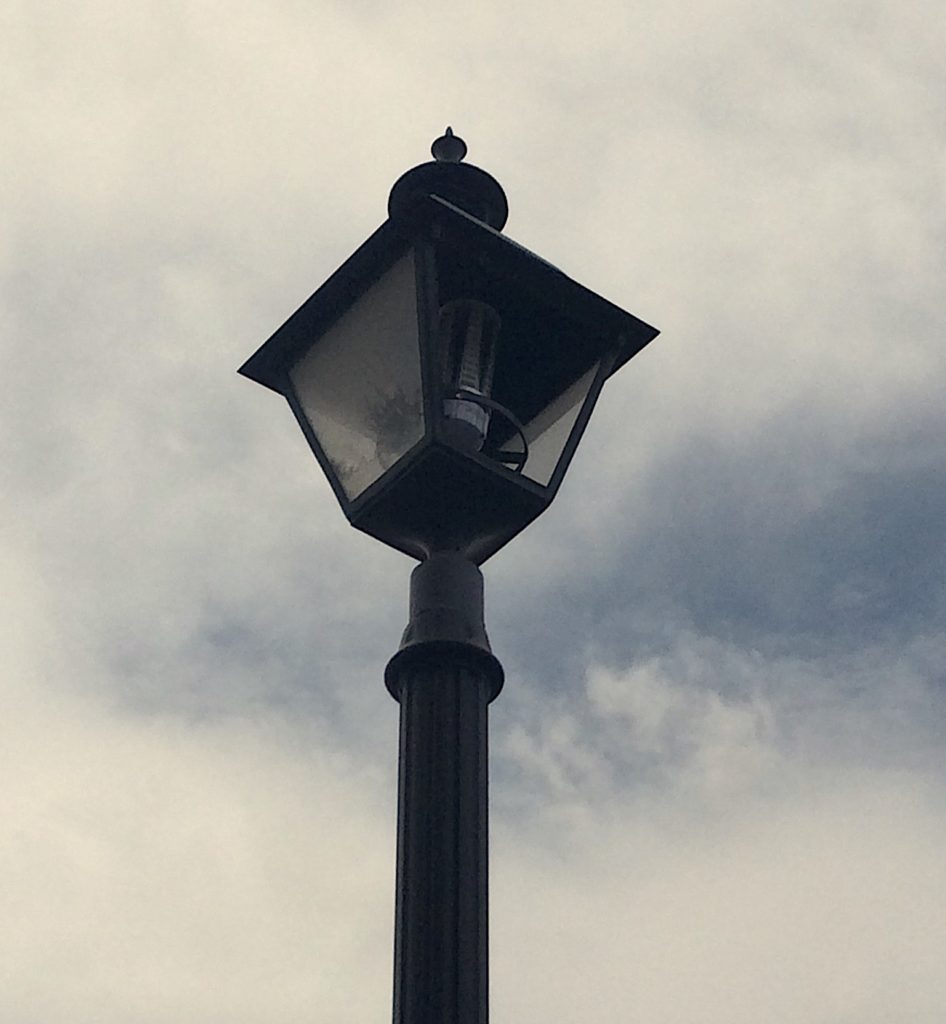The Decisive Moment
In New York City’s Metropolitan Museum of Art, on Fifth Avenue, is a photograph by the Lithuanian-born American painter and photographer, Ben Shahn. The untitled photo, known simply as “Boys in Vacant Lot” (1931-32), is easily overlooked in a gallery otherwise dominated by expansive paintings. But perhaps it is for this reason that I notice the diminutive print, displayed on the far wall, one moment concealed by the throngs of viewers moving past only to flicker into view seconds later, piquing my curiosity and inviting me to look closer just as the original scene must have beckoned to the photographer eighty years ago.
Ben Shahn (1898-1969) was one of the twentieth century’s foremost practitioners of social realism, a style that explored the struggles of immigrants, the working class and poor, through realistic depictions of daily life. Shahn, himself an immigrant from a working-class family, understood better than most the power of the vignette. His twenty-three paintings based on the trial of Nicola Sacco and Bartolomeo Vanzetti, for example, two Italian Americans convicted and later executed for a 1920 double murder, despite evidence to support the men’s claims of innocence, helped establish his own career as a serious artist and political activist, while contributing much publicity to this highly controversial case.
In viewing “Boys in Vacant Lot,” one is instantly reminded that along with the day-to-day difficulties of working-class life in American cities during the 1930’s, there were also, especially for children, periods of delicious leisure and camaraderie, moments of shared laughter, curious anecdotes, temporary escape. The vacant lot in Shahn’s photograph is bordered on the far side by a tall brick building. In the foreground, just off the sidewalk, two boys are captured in a moment of conversation. One boy, with his back to the camera, stands in a contrapposto pose, shoulders twisted slightly, weight on one leg, his head leaning toward his interlocutor, who is engrossed in the story. There is a familiarity between these two boys. They’re friends, perhaps best friends. Their posture suggests a certain comfort level and trust with one another, with their gritty surroundings, with the day. In viewing this image, it’s easy to imagine they come here often.
Elsewhere, just beyond the camera’s frame, outside the intimate boundaries of this scene, the Great Depression is ravaging America’s economy and buffeting her workforce. Its effects are being felt across the nation. But these boys appear to have, at least for one precious moment, escaped from this reality. Here they’ve found respite, which is reflected in the image’s setting, in this confined enclave that both shelters them from, and yet, as Ben Shahn recognized, surrounds them with life’s harsh realities.
It’s as if the photographer knew what he was doing, as if in reproducing this scene in such a diminutive format, thus enticing viewers nearer, he was, in effect, inviting us to step into the world of these three boys, to feel the bleak confinement of this brick-walled void, the rubble-strewn emptiness of what was, what used to be, what is no longer, and yet, in spite of this, the persistence of life, persisting.
In the background, between the two teenagers and the brick wall, a younger boy of perhaps eight stands with a stick in his hands. This stick obviously simulates a baseball bat, and the boy holding it is, beyond all doubt, an aspiring star in his neighborhood stickball league. He has just taken a piece of the rubble at his feet and, using the stick, whacked it against the brick wall. He has only just swung. His feet splayed, he now holds on his left side the spent energy of the stick which a second earlier had empowered him with potential, had transported him momentarily out of the Great Depression’s psychological ballpark, had engendered thoughts of some of his contemporaries, men just a bit further along in their baseball careers than this young slugger, men like Babe Ruth or Lou Gehrig. Thus depicted, the boy represents a nation fighting the forces of economic insolvency, a workforce swinging against unemployment, men and women trying to knock back a rapidly advancing hunger, a pervasive feeling of irrelevancy and hopelessness. He also represents the American immigrant battling the myriad prejudices that surround him.
An instant before, he might have been any boy with a stick in his hands. Yet, Shahn’s photo reveals him to be so much more. He is, unwittingly, though unmistakably, America itself, portrayed at a defining moment in its history, facing an adversary that seems impenetrable, insurmountable, coldly indifferent to humanity, our hopes and dreams and needs.
So engrossed in their own small world are the two boys in the foreground that they fail to notice the photographer across the street with the camera in his hands, capturing this scene for posterity, a scenario which Shahn’s contemporary, the street photographer Henri Cartier-Bresson, termed “the decisive moment,” not only for the magical convergence of seemingly discordant, yet suddenly harmonious, elements, but also for the brief opportunities they present.
At last, with the crowd in the gallery beginning to clear—the viewers in front of me moving on while the group to my right pauses for a selfie—Shahn’s photo is all mine. I step forward and for a moment can almost feel the confinement of these tall, brick walls.
John Gifford is the author of four books, including two collections of short fiction: Wish You Were Here (2016) and The Sharks of Al Jubail (2018). His essays and reporting have appeared in Southwest Review, The Christian Science Monitor, Notre Dame Magazine, and The Atlantic. He lives in Oklahoma.
